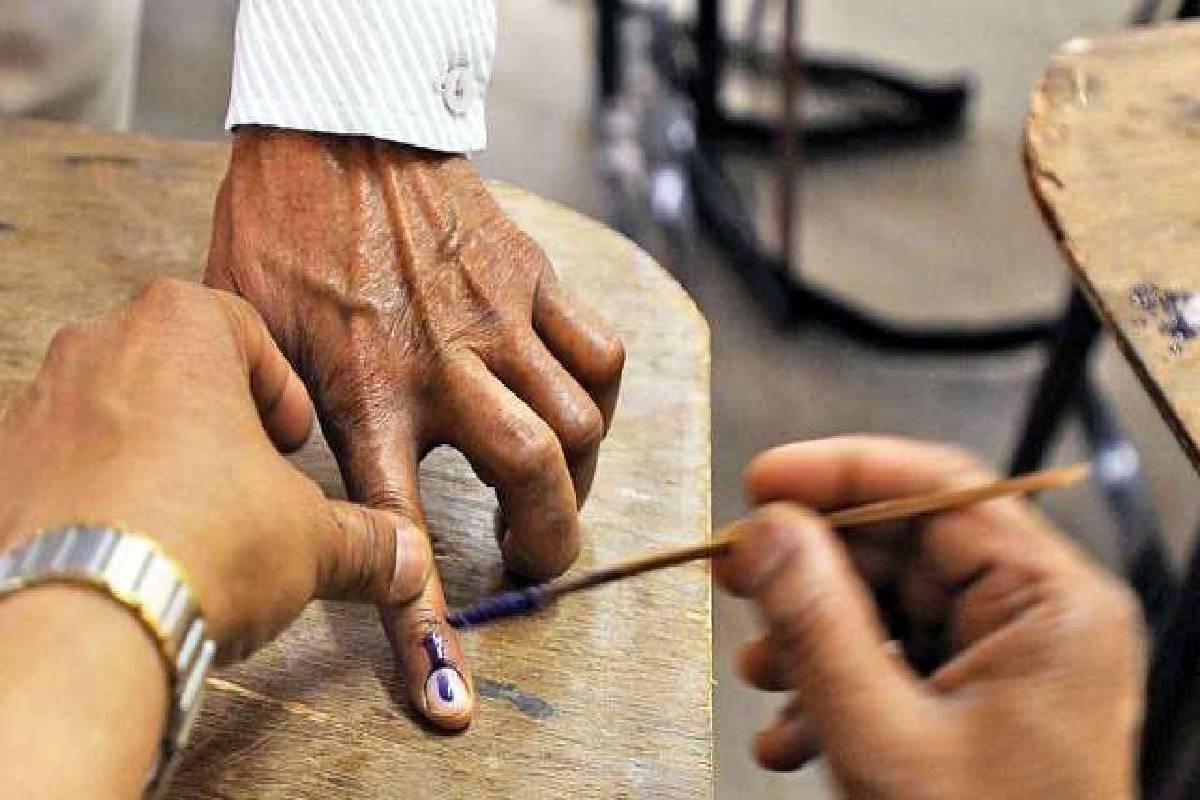BJP pushes for death penality in organized crime causing loss of life
Nanda said that drug abuse has become a widespread disease among the youth and society in the state and it's everyone should equally take it as a responsibility to eradicate it.
With the general election on its last leg, the political landscape is marked by an undercurrent of discontent among Dalit voters.
SNS | New Delhi | May 30, 2024 7:07 am

Representation image
With the general election on its last leg, the political landscape is marked by an undercurrent of discontent among Dalit voters. This discontent, emerging starkly in the absence of a concerted opposition campaign, challenges the Bharatiya Janata Party (BJP)’s narrative of a “Viksit Bharat” (developed India). Despite the BJP’s portrayal of economic progress, many Dalit voters express scepticism and frustration over their economic conditions, revealing significant gaps in the government’s development claims.
A closer look at the sentiments of Dalit voters in key constituencies in Uttar Pradesh and Bihar reveals a consistent theme of economic hardship. Surveys indicate that less than 10 per cent of Dalit respondents feel their income meets their needs or that their economic situation has improved. Additionally, over 60 per cent believe that economic inequality has worsened, highlighting a critical disconnect between the development narrative and the lived realities of many Dalits. Employment issues underscore the disconnect. With high rates of daily wage labour among Dalit respondents, significant numbers still report being unemployed, particularly among women.
Advertisement
This economic strain is compounded by rising prices. Such economic grievances directly challenge the government’s claims of inclusive development and question the effectiveness of economic policies. Interestingly, while economic discontent is prevalent, it does not translate into a clear voting preference against the BJP. The concept of “face” or leadership plays a significant role in voter preferences. Many Dalits continue to support Prime Minister Narendra Modi, influenced by his strong national presence and the carefully cultivated image of a decisive, capable leader.
Advertisement
This personal appeal of Mr Modi often overshadows broader economic discontent, particularly among Dalit women who are more likely to support him despite facing higher unemployment rates. This paradox highlights a complex electoral dynamic. While economic issues are important, they do not always determine voting behaviour. Mr Modi’s leadership persona, bolstered by extensive media coverage, creates a compelling narrative that many voters find appealing. This personal appeal is a crucial factor in the BJP’s strategy, enabling Mr Modi to maintain substantial support despite the economic grievances voiced by many Dalits. The role of welfare schemes also adds another layer to this electoral complexity. While access to schemes like free rations and health insurance is notable, it does not uniformly translate into support for the BJP.
However, these schemes contribute to the larger narrative of Mr Modi as a benefactor, helping sustain his personal appeal even when economic conditions do not visibly improve. In the context of the election, the discontent among Dalits signifies a significant challenge for the BJP. This dissatisfaction has surfaced organically, without a concerted opposition campaign, pointing to deep-seated economic issues that transcend political narratives. As the election nears its end, it remains to be seen how this discontent will shape the voting behaviour of Dalits and whether the appeal of Mr Modi’s leadership can continue to overshadow the pressing economic realities faced by many
Advertisement
Nanda said that drug abuse has become a widespread disease among the youth and society in the state and it's everyone should equally take it as a responsibility to eradicate it.
"Sanjay Raut's statement is merely a political stunt. There is no rule in the BJP that Modi should retire from politics after 75, nor has there been any such decision, ” Bawankule tweeted on his X handle on Tuesday.
Against the backdrop of possibility of expansion of the Yogi Adityanath ministry in Uttar Pradesh, three rebel MLAs of the Samajwadi Party met Union Home Minister Amit Shah in New Delhi on Tuesday.
Advertisement
